A reliable furnace is essential for keeping your home warm and comfortable, especially during cold months. However, furnaces, like all appliances, have a finite lifespan. Knowing when it’s time to replace your furnace is crucial for maintaining a safe and efficient heating system in your home. Ignoring the warning signs of a failing furnace can lead to higher energy bills, inconsistent heating, and even safety risks such as carbon monoxide leaks.
Recognizing Warning Signs of Furnace Failure
Unusual Noises and Odors
One of the earliest signs that your furnace may need replacement is the presence of unusual noises or odors. If your furnace starts making banging, rattling, or squealing sounds, it likely indicates internal issues. These noises may stem from loose or broken components within the furnace. Addressing these problems early is essential to avoid more significant issues down the line.
Moreover, any strange odors coming from your furnace can signal serious problems. The smell of burning dust is normal when you first turn on the furnace for the season. However, consistent burning smells, or the smell of gas, requires immediate attention. These odors could indicate a malfunction that necessitates a furnace replacement.
Age of the Furnace
The age of your furnace is a significant factor in determining whether it needs replacement. Most furnaces have a lifespan of about 15 to 20 years. If your unit is within this age range or older, it’s more likely to experience frequent problems and decreased efficiency. Regular maintenance can only extend its life so far.
An older furnace also lacks modern energy-efficient features, making it more costly to operate. If your furnace is approaching or has surpassed its expected lifespan, it’s wise to consider replacing it. A new unit not only operates more efficiently but also ensures a safer and more reliable heating system for your home.
Performance Issues Indicating the Need for Replacement
Inconsistent Heating
Inconsistent heating throughout your home is a clear indicator that your furnace may need to be replaced. If some rooms are warm while others remain cold, it suggests that your furnace is struggling to distribute heat evenly. This issue often occurs as furnaces age and components wear out. Ductwork issues can also contribute, but an old furnace usually exacerbates these problems.
A furnace that cycles on and off frequently, or runs continuously without maintaining the set temperature, is another sign of declining performance. Inconsistent heating not only makes your home less comfortable but also strains the furnace, further reducing its lifespan.
Rising Energy Bills
Another key sign that it’s time for a furnace replacement is a noticeable increase in your energy bills. As furnaces age, they lose efficiency and require more energy to maintain the same level of heating. This inefficiency translates to higher monthly utility costs. If you notice your energy bills rising steadily without a corresponding increase in usage, your furnace could be the culprit.
Poorly performing furnaces can consume more fuel and electricity due to worn-out components and outdated technology. Replacing your old furnace with a new, energy-efficient model can significantly lower your energy expenses. This investment not only pays off in reduced utility bills but also contributes to a more eco-friendly home.
Safety Concerns with an Old Furnace
Frequent Repairs
Frequent repairs are a significant red flag that your furnace may need replacement. If you find yourself constantly calling technicians to fix various issues, it indicates that the furnace is nearing the end of its lifespan. Repair costs can add up quickly, often making it more economical to invest in a new furnace instead. Persistent problems can lead to increased wear on remaining functional parts, accelerating overall system failure.
When repair frequency increases, it often means key components are wearing out. Issues such as broken thermostats, faulty blower motors, and frequent cycling should not be ignored. Regular maintenance can extend the life of a furnace, but eventually, the cost of continuous repairs outweighs the benefits of keeping the old unit.
Carbon Monoxide Risk
One of the most serious risks associated with an old furnace is carbon monoxide leakage. As furnaces age, they can develop cracks in the heat exchanger, which may cause carbon monoxide to seep into the home. This odorless, colorless gas is extremely dangerous and can cause serious health issues, including headaches, dizziness, and even death.
Older furnaces lack advanced safety features, which are found in newer models. Modern furnaces come equipped with carbon monoxide detectors and shut-off systems that protect your home. If your furnace is old and showing signs of wear, it’s crucial to prioritize safety and consider a furnace replacement to mitigate the risk of carbon monoxide poisoning.
Benefits of Timely Furnace Replacement
Improved Energy Efficiency
Replacing an old furnace with a new model brings immediate benefits to energy efficiency. Modern furnaces are designed to meet higher energy standards and often come with advanced technology that maximizes fuel use. This means you can achieve the same level of heating with less energy, resulting in lower heating bills. High-efficiency furnaces also have a smaller environmental footprint, reducing your home’s carbon emissions.
Energy-efficient furnaces often include features like variable-speed motors and better heat exchangers, which enhance performance. These improvements ensure consistent heating throughout your home, eliminating cold spots and uneven temperatures. The initial investment in a new furnace pays off through reduced energy costs and a more comfortable living environment.
Enhanced Home Comfort
A new furnace significantly enhances the comfort of your home. Advanced models offer better temperature control, ensuring uniform heating across all rooms. Features such as programmable thermostats and multi-stage heating allow for precise adjustments, enhancing your home’s overall comfort. Additionally, new furnaces operate more quietly, reducing the noise common with older models.
Improved indoor air quality is another benefit of upgrading your furnace. Modern units have better filtration systems, trapping more dust, allergens, and pollutants. This results in cleaner air and a healthier environment for your family. Investing in a new furnace ensures that your home remains warm, quiet, and healthy throughout the colder months.
Conclusion
Recognizing the warning signs that indicate you need a furnace replacement is crucial for maintaining a safe and comfortable home. From unusual noises and odors to inconsistent heating and rising energy bills, these issues can signify that your furnace is nearing the end of its lifespan. Frequent repairs and the risk of carbon monoxide also highlight the importance of timely furnace replacement.
Taking action to replace an old, inefficient furnace can result in improved energy efficiency and enhanced home comfort. Modern furnaces offer advanced technology, ensuring that your home remains warm, safe, and energy-efficient.
For professional furnace replacement in Chandler, IN, contact Perfect Climate Heating & Air. Our professionals are dedicated to providing top-quality heating solutions. Schedule your furnace replacement with us today to ensure a warm and comfortable home year-round.


